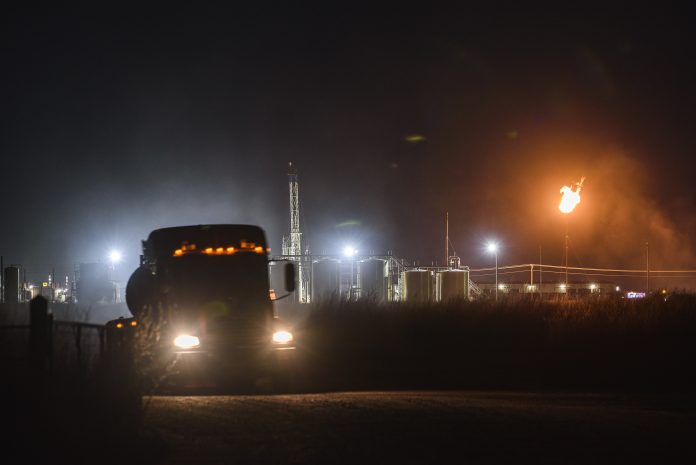
With 775 million people in the world not having electricity, the need for much more American liquefied natural gas is glaring.
But the aftermath of the pandemic, Russia’s attempted takeover of Ukraine and a rapidly developing but still not fully realized American LNG production and trans-oceanic transportation network saw the number of powerless people in Sub-Saharan Africa increase by 20 million last year.
Odessa oilman Kirk Edwards and Waco economist Ray Perryman say there is no easy answer, but the need is so powerful that the energy industry is inexorably moving to meet it.
“The math is simple,” Edwards said. “The world that does not have easy energy availability is growing faster than the areas that do.
“The question should be how we can get energy to those around the world who still live in abject poverty and all the problems that come from that situation. The United States can and will be helping by continuing to make surplus natural gas that can and is being shipped via LNG carriers to all parts of the world.
“The emphasis should be on getting that natural gas to the areas of the world that don’t have access now and introducing them to its benefits,” Edwards said. “Just think about having a light bulb, having something to heat and cook your food with and having something to refrigerate your food with and provide needed safety and health benefits.
“The topics are endless on what a stable energy supply has done and will continue to do for this world.”
The Paris-based International Energy Agency says the numbers of people without power are 15.3 percent in Tanzania, 14.4 in Nigeria, 14.2 in Sierra Leone, 13.1 in Burkina Faso, 10.8 in the Central African Republic, 9.8 in Malawi and Liberia, 6.5 in Burundi, 6.4 in Chad and 5.1 in South Sudan with the total having risen by 20 million in 2022.
Perryman said the increase “reverses a decade of progress and puts the total almost back to its peak.
“The major contributing factor is the pandemic and its fallout with the Russian invasion of Ukraine causing further issues,” Perryman said. “The number is enormous. representing over twice the number of people in the U.S. and 9.6 percent, almost one in 10, of the world’s population.
“Prior to the pandemic utilities were investing in grid development and upgrades and installations of solar home systems were contributing to improving access. However, as the pandemic snarled supply chains and fuel prices rose, progress stalled as utilities in Sub-Saharan countries prioritized keeping prices to customers lower over increased investment in new infrastructure, slowing grid improvements. In addition solar systems became more expensive.
“The inevitable result was an increase in the number of people who don’t have reliable access to electricity.”
Perryman said most electrical generation in the region uses fossil fuels.
“While home solar systems are part of the solution, access to reliable and affordable power is essential to the economic development of emerging nations,” he said. “Economic growth in turn is essential to reducing the extreme poverty that many people face.
“At the same time, progress toward climate goals is needed. The result is the difficult challenge of how to increase access to power while avoiding worsening emissions. Some existing and emerging renewable and storage technologies can potentially help, but not at the scale that’s needed.”
Perryman said natural gas has much lower emissions than many other options and LNG provided by the American energy industry will be part of the solution.
“LNG access of course requires significant investment in regassification capabilities in Africa and other emerging areas, but it is rapidly reaching a point where the economics work,” he said. “The development of the LNG market helps countries around the globe and it will be a major part of the global energy future.”



